The Best Books of 5785
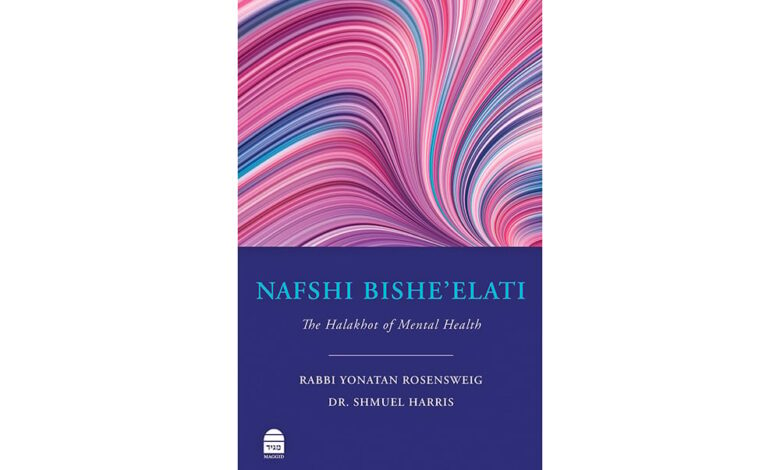
The term “People of the Book,” which sounds much better in Hebrew, Am HaSefer, is indeed apt. Walk into any Jewish bookstore or browse on Amazon, and new titles arrive daily.
As 5785 comes to a close, the year, like previous ones, was blessed with many excellent books. Here is my list of the top books of the year.
My friend Meyer Mandel said that the definition of a good shiur is one that, after it’s over, makes you want to go and open up a sefer. With some license, a really good sefer makes you want to open up more seforim. And all of the ones listed here do just that.
Book of the Year
Highlighting: “Nafshi BiShe’elati: The Halakhot of Mental Health” by Rabbi Yonatan Rosensweig and Dr. Shmuel Harris. Maggid. 2024. 368 pages. ISBN-10: 1592646573.
When two brilliant authors write about what may be one of the most important topics of the generation, it’s guaranteed to be a fantastic book. In “Nafshi BiShe’elati: The Halakhot of Mental Health,” Rabbi Yonatan Rosensweig and Dr. Shmuel Harris have written a book of extraordinary importance.
It was only a few years ago that a leading American Hasidic rabbi advised his followers to give their Down Syndrome babies up for adoption. And only two generations ago, those with severe mental illnesses were lobotomized.
Society has certainly come a long way. Rabbis, too, must keep up with advances in medicine and mental health when advising their congregants. “Nafshi BiShe’elati” is such an important work that I’d venture to say that any rabbi who has not read this work (or other relevant books on the topic) and gives their congregant with mental health issues an inappropriate response has blood on their hands.
It’s not only rabbis who need to read “Nafshi BiShe’elati.” It’s an absolutely fascinating work relevant to all of us. And certainly worthy of being the 5785 book of the year.
Runners-Up: In No Particular Order

Highlighting: “Milhemet Mitzvah: Volume 1: Halakhic Foundations, Religious Authority, and Military Service in Israel’s War of Independence.” Institute for Jewish Research & Publications. 2025. 438 pages. ISBN-10: 1962609154.
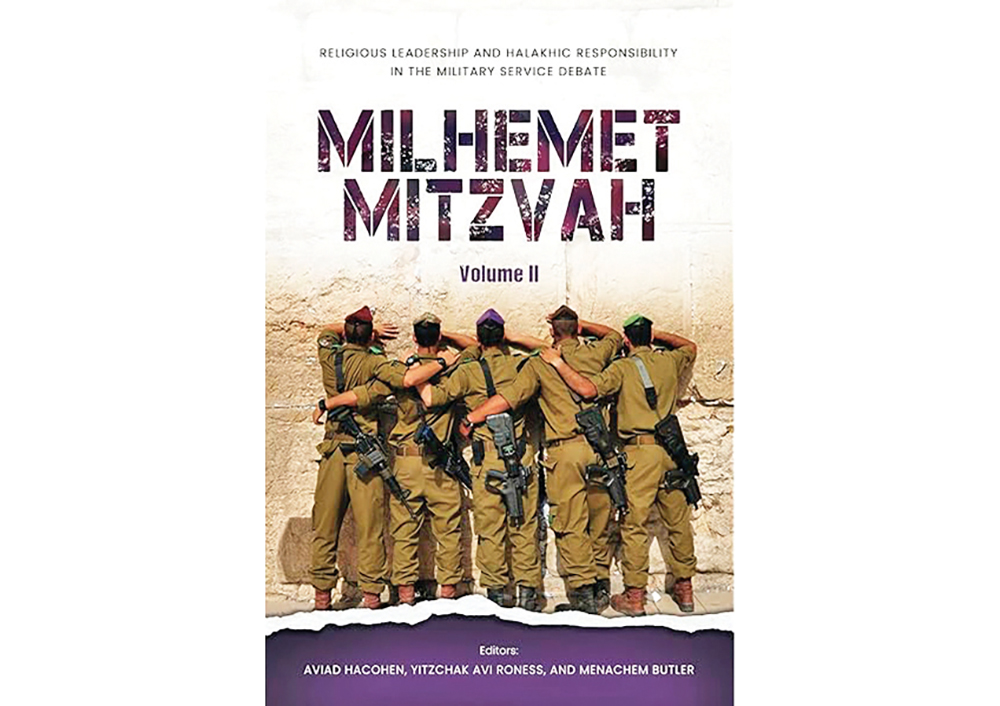
Highlighting: “Milhemet Mitzvah: Volume 2: Religious Leadership and Halakhic Responsibility in the Military Service Debate” by Aviad Hacohen. The Institute for Jewish Research & Publications. 2025. 386 pages. ISBN-10: 1962609162.
The notion of conscription of yeshiva students is one of the most contentious issues in Israel today. It’s an issue that, in fact, predates the state.
For the longest time, the Charedi leadership in Israel has repeated the claim that the Israeli army does not need Charedim. The Gaza War has made it eminently clear that it is simply erroneous. If that were the case, soldiers would not be called up for over a year, leaving their families and workplaces behind.
The hardline Charedi approach of exempting all yeshiva students, irrespective of their capabilities and commitment, is tenuous at best, and immoral at worst.
In the two volumes of “Milhemet Mitzvah” (Institute for Jewish Research & Publications), editors Aviad Hacohen, Rabbi Yitzchak Avi Roness, and Menachem Butler have compiled essays by a large number of brilliant Israeli scholars who are well-known in Israel but unfamiliar to many in the USA.
The essays are intellectually honest, halachically sound, and polemic-free. Sadly, such writings are lacking in the Charedi world.
This two-volume set is a remarkable work in totality. It would be worth reading just for the brief chapter by Dr. David Henshke, professor of Talmud at Bar Ilan University and editor of Sidra, the Journal for the Study of Rabbinic Literature. In his 10-page entry, Henshke displays his extraordinary brilliance and erudite approach to the topic.
Written in a penetrating, frank and rigorous manner, this is an extraordinary work that is both timely and insightful.
Highlighting: “Kabbalah and the Rupture of Modernity: An Existential History of Chabad Hasidism” by Eli Rubin. Stanford University Press. 2025. 446 pages. ISBN-10: 1503642070.
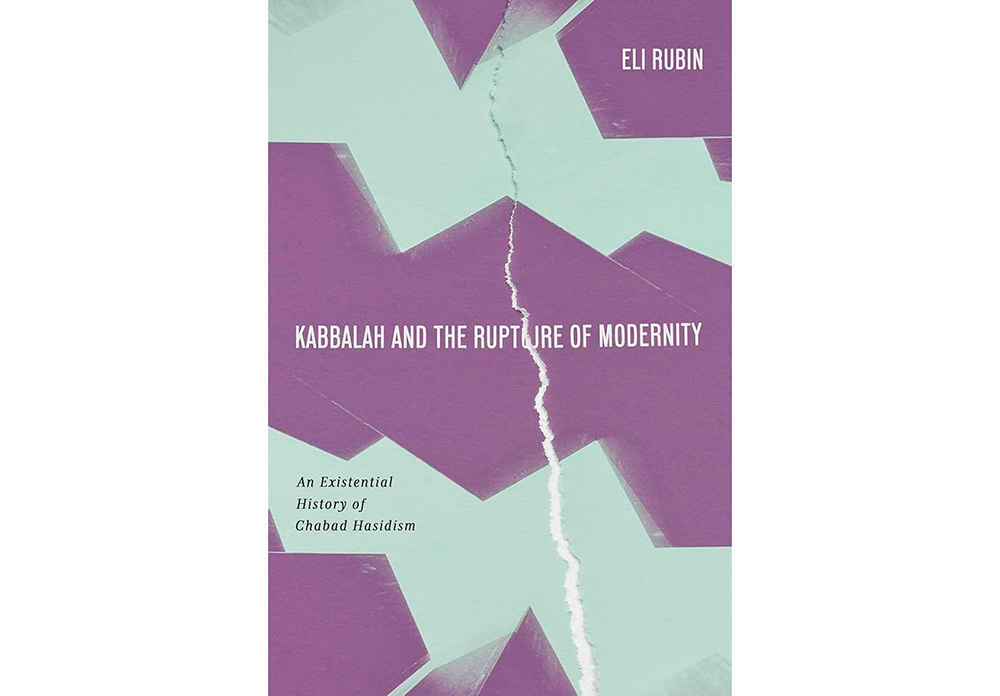
That the Vilna Gaon and the first Lubavitcher Rebbe (Shneur Zalman of Liadi) didn’t see eye to eye is well known. But what was the root cause of their disagreement? In “Kabbalah and the Rupture of Modernity: An Existential History of Chabad Hasidism” (Stanford University Press), Dr. Eli Rubin argues that it came down to what tzimtzum means.
Tzimtzum is the Hebrew term for contraction. As used by the Ari, it refers to how the infinite God has to self-limit himself to allow the world to come into existence. This, in turn, deals with infinite cosmic kabbalistic concepts, divine emanations, and more.
At its core, tzimtzum attempts to address a seemingly insurmountable paradox: an infinite God in a finite world, and a God who transcends everything yet whose presence is felt and immanent.
Richard Feynman, one of history’s most outstanding scientists, believed that no one truly understands quantum mechanics in an intuitive, classical way, as its core concepts are alien to our everyday experience. Similarly, tzimtzum is alien to our everyday experience.
Rubin is a unique scholar who understands the philosophy of Chabad both personally and academically. The author has packed a wealth of fascinating information and analysis into this groundbreaking work. It’s one of the most intriguing and engaging books that I have read in recent years.
Highlighting: “The Great Shiurim Debate” by Rabbi Ahron Notis. Mosaic Press. 222 pages. ISBN: 979-8-89767-001-7.

For those who like matzah, eating copious amounts of hand matzah on Pesach night is a pleasant endeavor. But for those who may not be able to eat such large quantities, how much exactly do they need to consume during the Seder?
It is not just the Pesach Seder where these amounts come into play. It is relevant to every Shabbat and Yom Tov meal, as well as measurement issues related to lengths.
In “The Great Shiurim Debate” (Mosaica Press), Rabbi Ahron Notis opens with the observation that the question of the values of halachic measurements is essentially a historical one. For thousands of years, the amah, shekel, eiphah, kav, and more were units that were not explicitly used for mitzvot, but for everyday measurements. The challenge is to discover what the sizes of these ancient measurements were.
The approach that Notis takes is that many of the measurements used by the European acahronim come out larger since measurements like the kav and hin were no longer in everyday use, combined with the fact that the olive, which is a key factor in halachic measurements, was a fruit that was never seen in Europe until recent times.
As to Passover night, Notis writes that the amount of matzah that needs to be eaten is (depending on the thickness of the matzah) roughly the size of a credit card.
Given the integral role measurements play in our daily lives, this book is a fascinating resource that, for many people, will make their religious observance much easier and more meaningful.
Highlighting: “The Yemenite Children Affair: Ethnic Tensions, Immigration, and Public Records in Israel” by Motti Inbari. Lexington Books. 2024. 436 pages. ISBN-13: 978-1666940718.
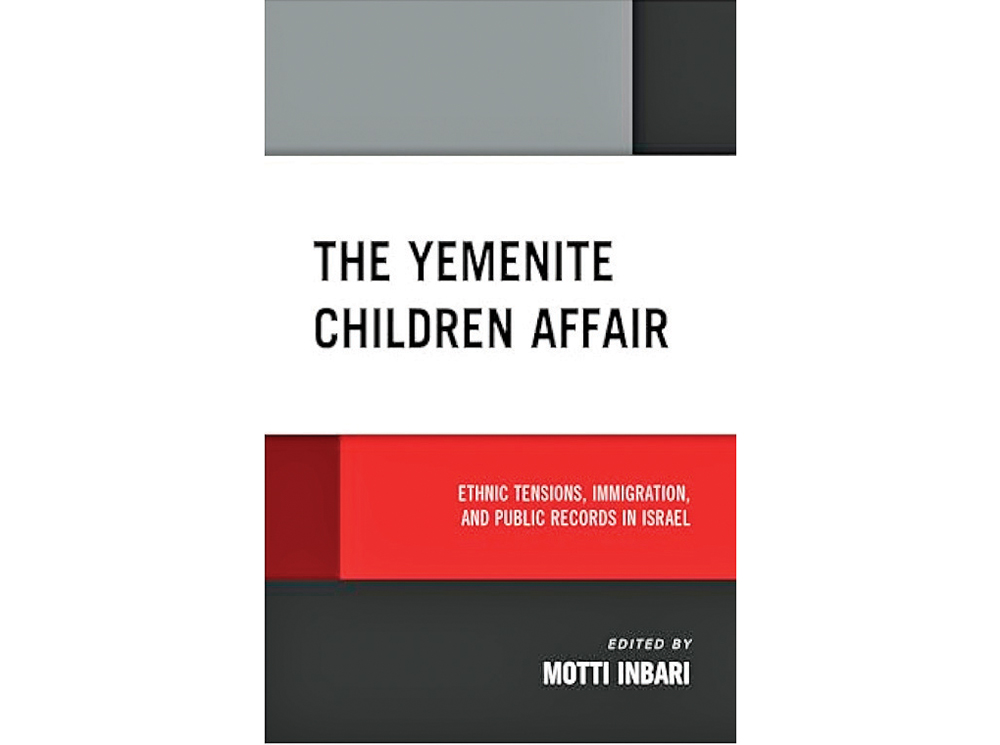
Conspiracy theories about Jews go back thousands of years and are never-ending. Within hours of the Charlie Kirk assassination, inane conspiracy theories involving Jews and Israel were already making their way through social media.
But what about conspiracy theories about Jews by Jews? One of the rare occurrences of that is with the Yemenite children affair.
Within Israeli society, one of the most tragic instances of conspiracy is known as the Yemenite children affair. This refers to the alleged disappearance of thousands of Yemenite children from new immigrant parents between 1948 and 1955. The conspiracy theory is that the Jewish Agency kidnapped babies from Yemenite mothers for adoption by childless Ashkenazi parents who were Holocaust survivors.
In “The Yemenite Children Affair: Ethnic Tensions, Immigration, and Public Records in Israel” (Lexington Books), editor Dr. Motti Inbari, professor of religion at the University of North Carolina, has gathered numerous authorities with expertise in the topic for a fascinating and intriguing volume. Their overwhelming and compelling findings, supported by data (unlike the claims of Yemenite-children-affair conspiracy purveyors), are that there never was such a conspiracy. In fact, there was not a single illegal adoption.
In this fascinating read, the authors have shown that the notion of a conspiracy to kidnap Yemenite children should be yet another topic to be added to the list of conspiracy theories, heavy on drama and emotion, but lacking the slightest bit of evidence.
Highlighting: “Koren Tanakh of the Land of Israel: Genesis” by Rabbi Jonathan Sacks. Koren Publishers. 2024. 513 pages. ISBN-10: 9657766702.
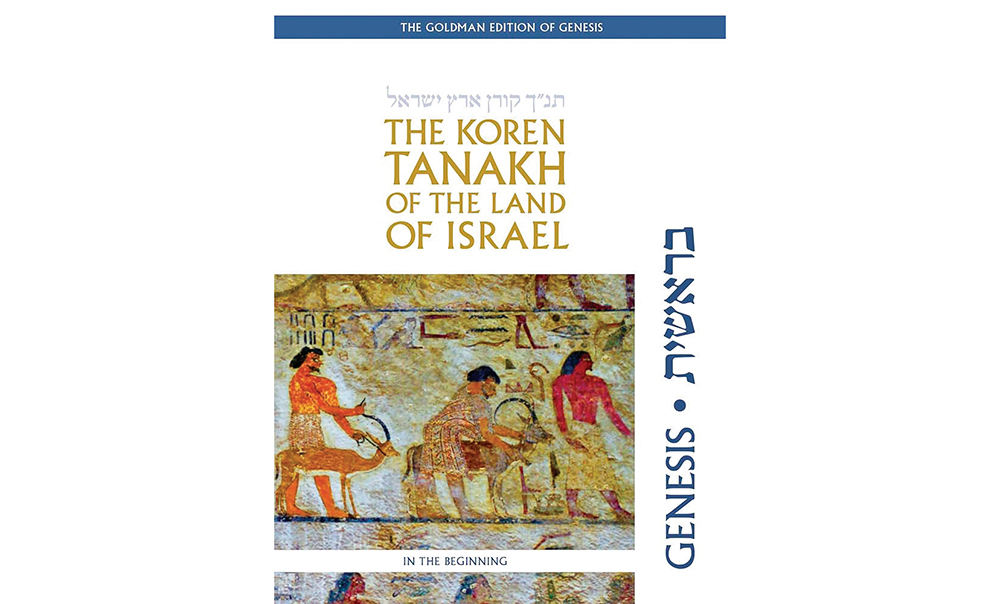
“The Koren Tanakh of the Land of Israel: Genesis” is the fifth volume in the series, and it continues with the excellence displayed in the volumes “Exodus,” “Leviticus,” “Numbers” and “Shmuel.”
Editor David Arnovitz and his team of scholars have written a different type of history book. This includes not only history but also geography, Egyptology, language, flora and fauna, and much more.
The series was written in that to understand Tanach fully, it needs to be understood within its ancient Near East (ANE) context. Understanding the Torah within its historical, cultural, literary and geographic context underscores that, from beginning to end, it is truly an exceptional work.
Like all of the other volumes in the “Koren Tanakh of the Land of Israel” series, this one offers unique insights into the text. It is a genuinely fascinating volume that will undoubtedly expand your knowledge and appreciation of the Book of Genesis.
Ben Rothke lives in New Jersey and works in the information security field. He reviews books on religion, technology, philosophy, and science. Follow him on Twitter at @benrothke.
